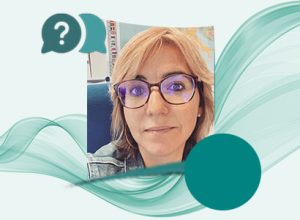Swine Dysentery, a disease caused by Brachyspira hyodysenteriae and characterized by the onset of catarrhal hemorrhagic diarrhea, is experiencing a major re-emergence in many countries worldwide.
How to face the challenge of Swine Dysentery in the new scenario of pig production under the restriction of antibiotic use?
The key is to know our opponent…

MORPHOLOGY AND SURVIVAL 
Brachyspira hyodysenteriae is an anaerobic gram-negative spirochete with helical shape and 7-14 periplasmic flagellums. Its flagellums facilitate the movement on the surface of the colon mucosa, which is rich in calciform cells and mucus.
For dysentery to occur, it is necessary the infection by B. hyodysenteriae, B. suanatina or B. hampsonii, although this is not sufficient to trigger the disease. Other factors such as the interaction with the microbiota and the diet have also an impact.



TRANSMISSION 
Swine Dysentery is a disease with great impact on domestic pigs, although it also affects wild species, with infection occurring via the fecal-oral route.


ducks, geese, chickens, gulls, dogs and especially rodents, which can excrete the bacteria for long periods of time (up to 6 months).
Despite the apparent success in keeping Swine Dysentery under control, it remains a major problem for many producers, and several factors have contributed to the re-emergence of this disease:
Keep up to date with our newsletters
Receive the magazine for free in digital version
REGISTRATION
ACCESS
YOUR ACCOUNT
LOGIN
Lost your password?







